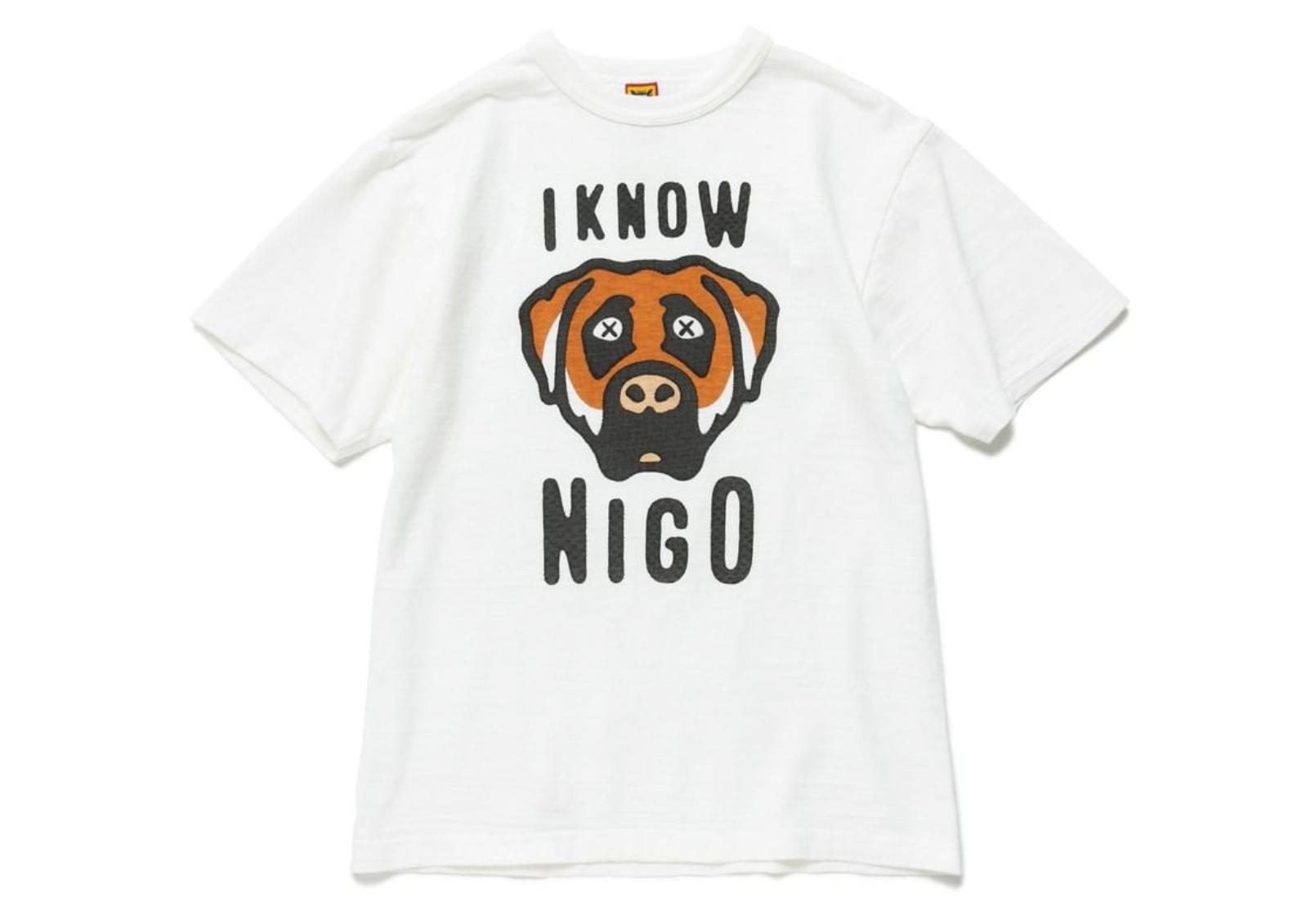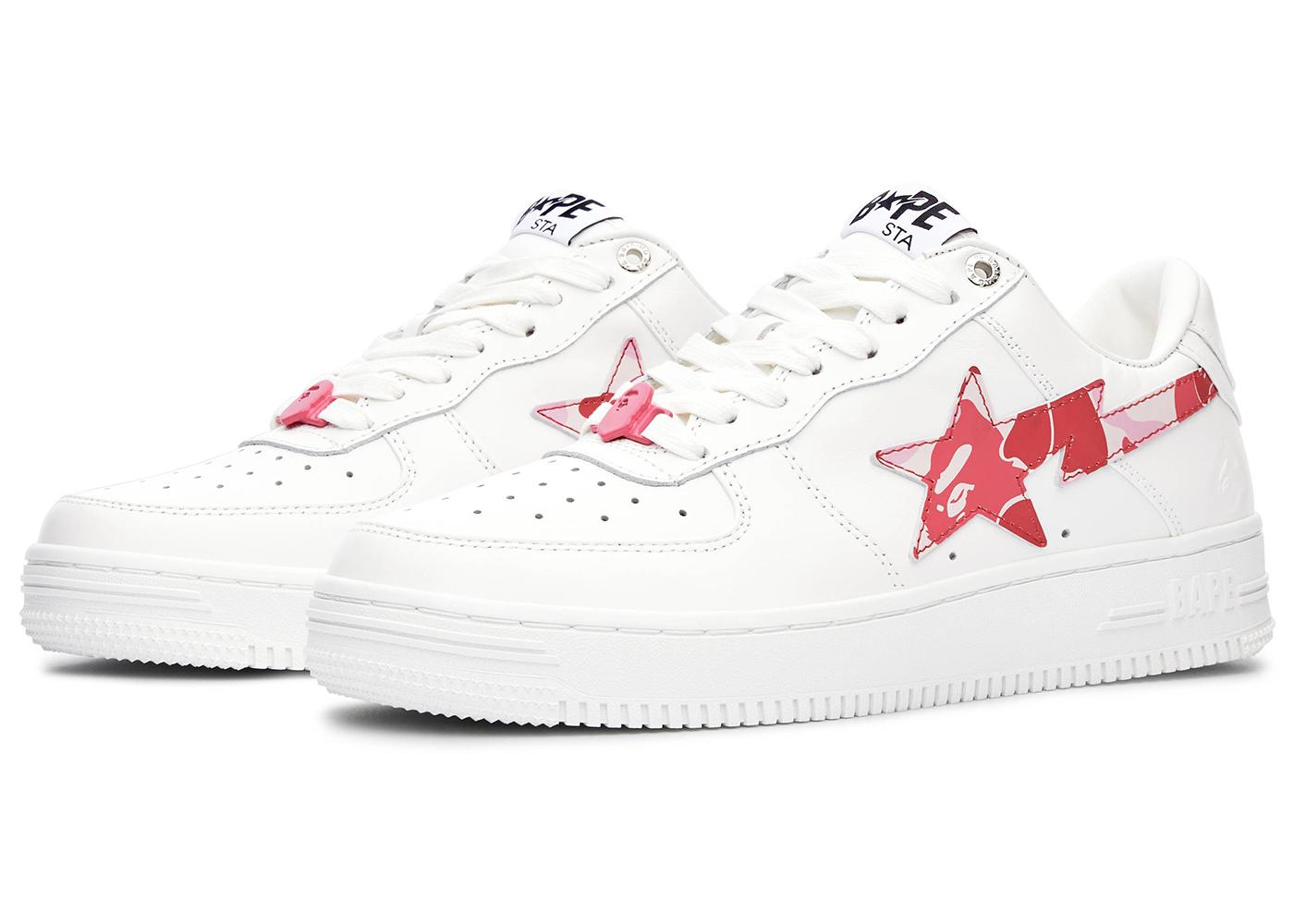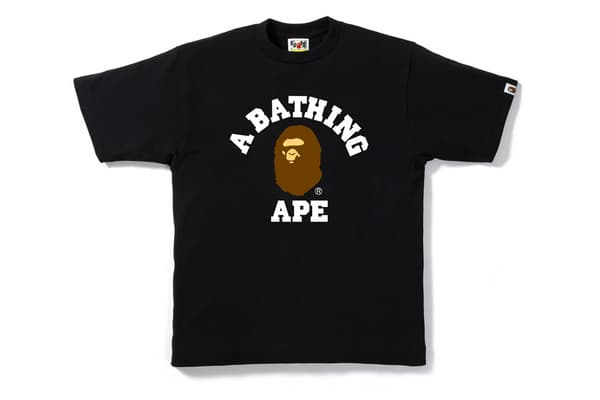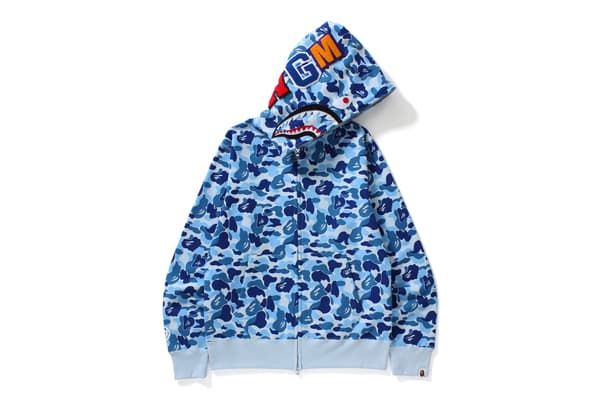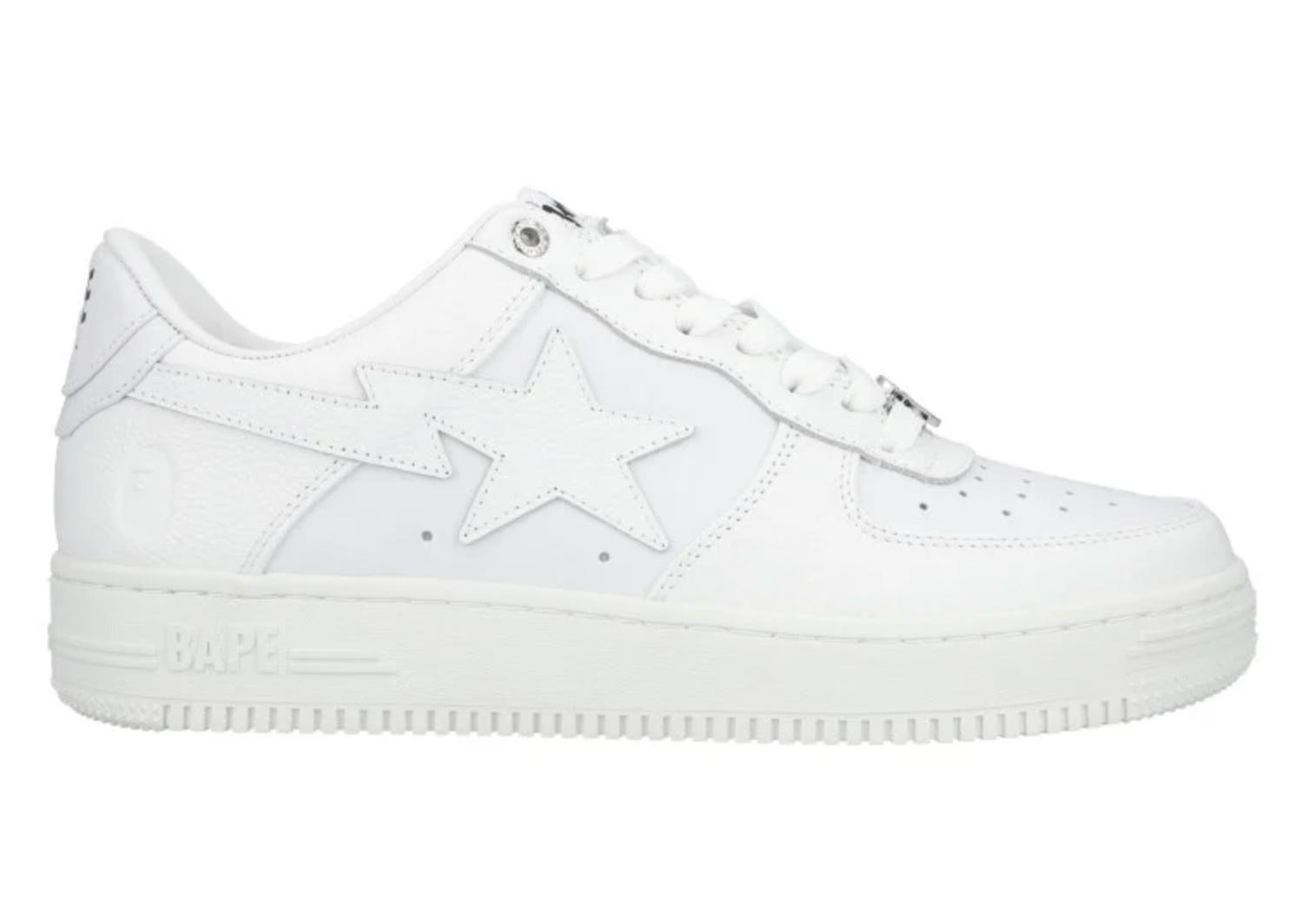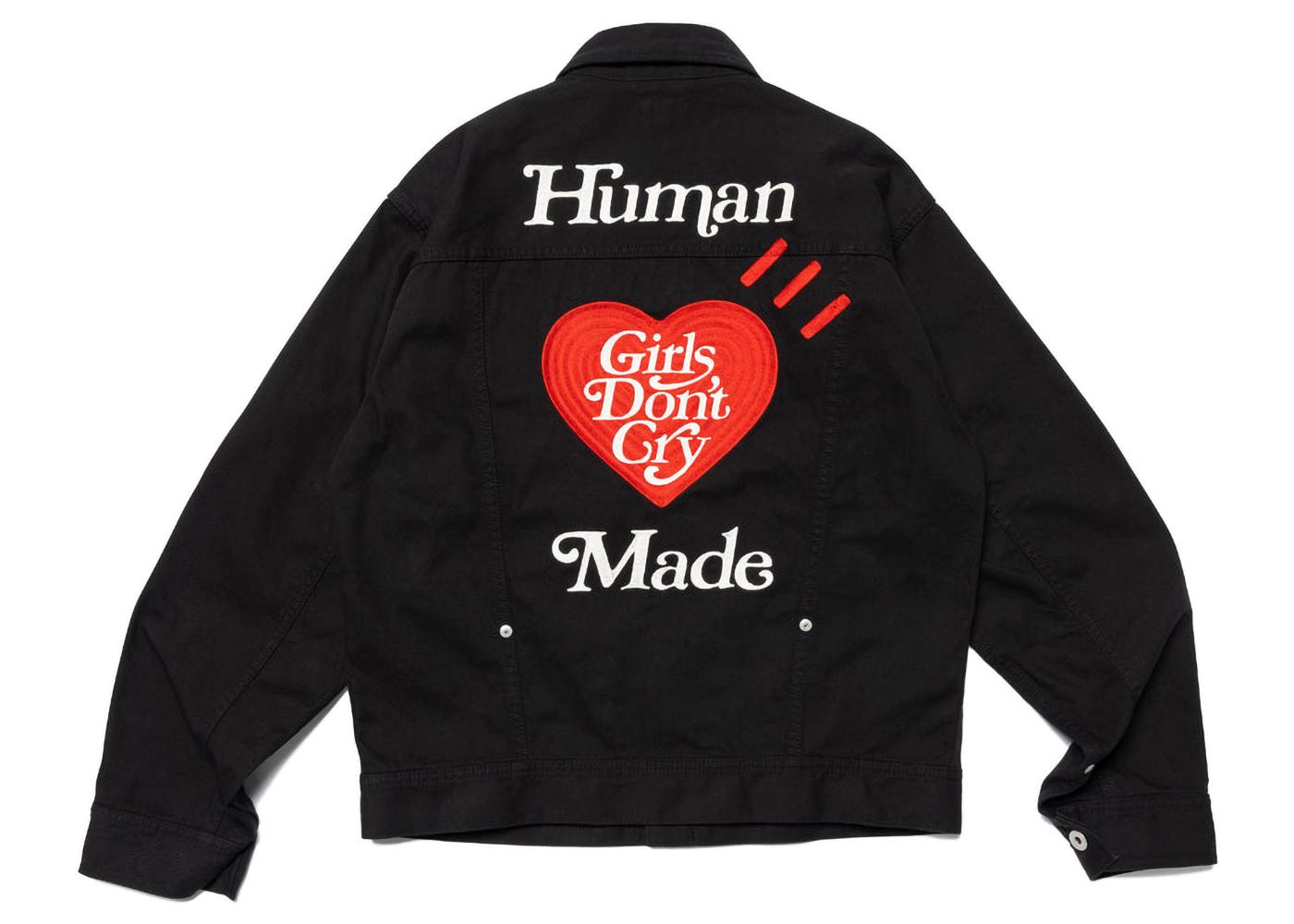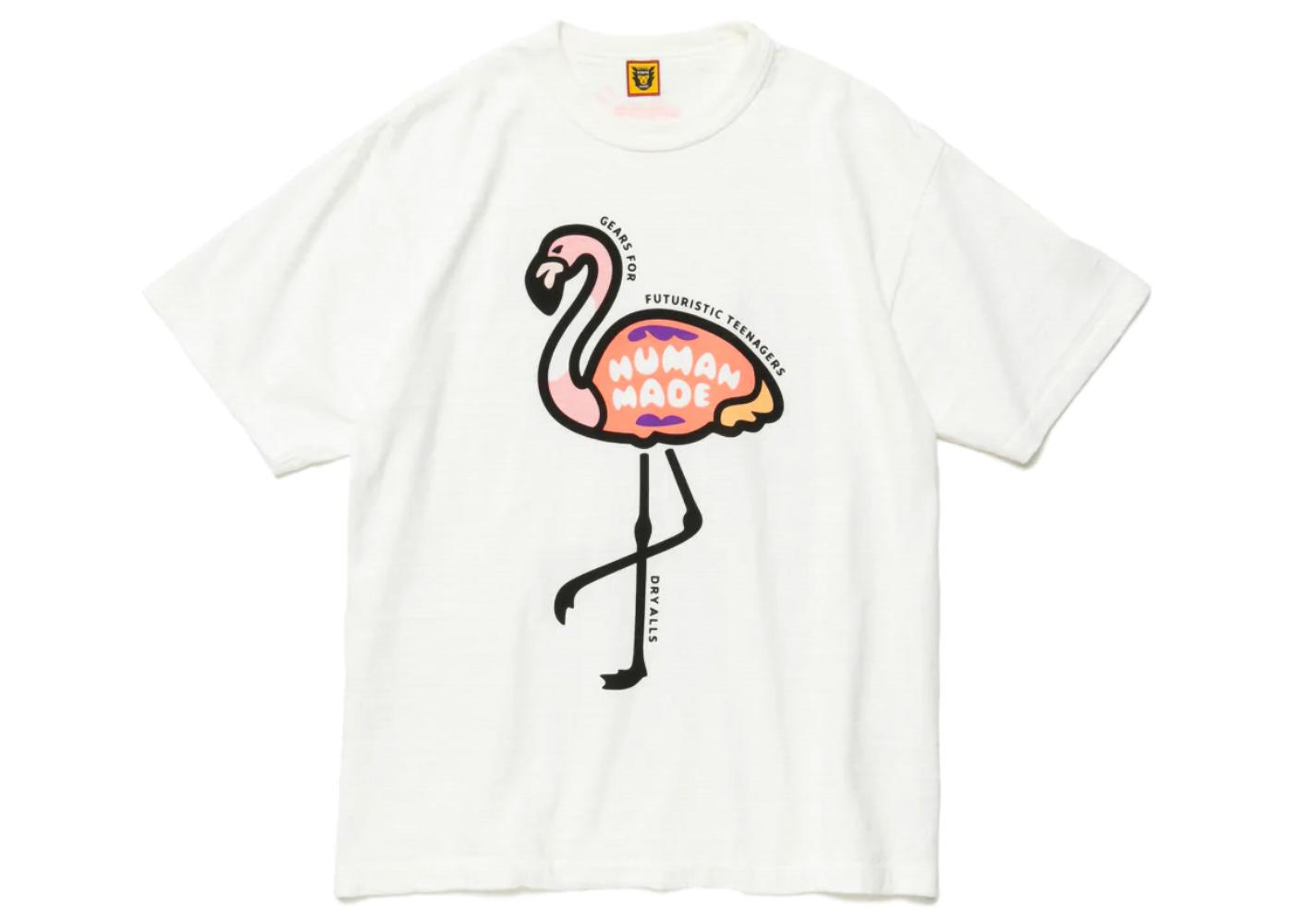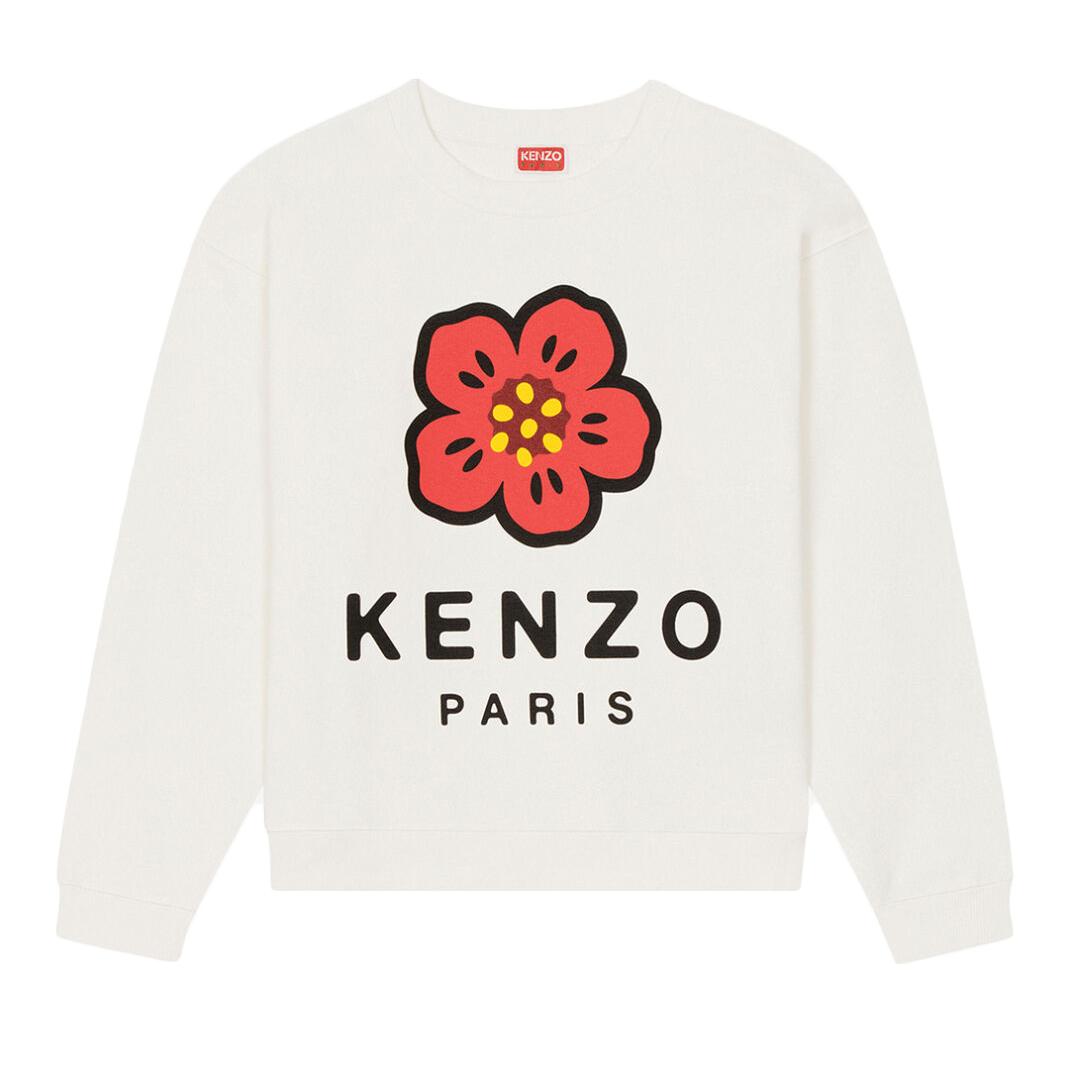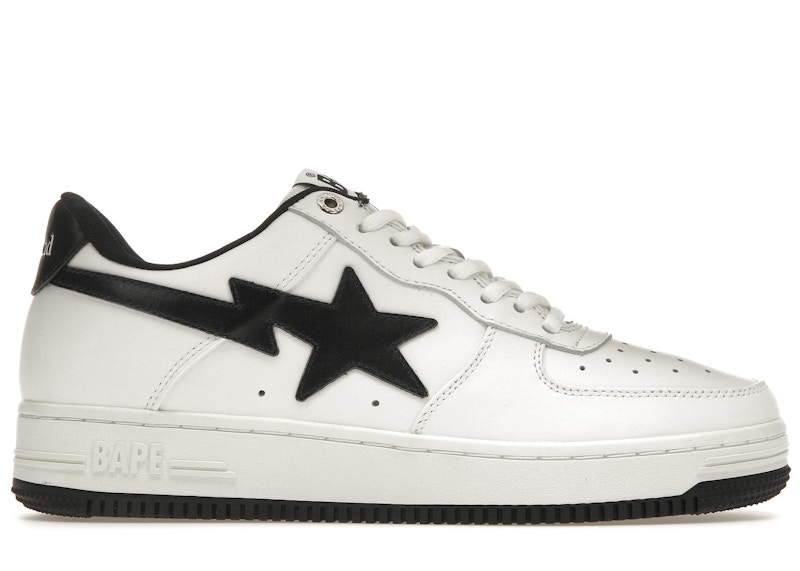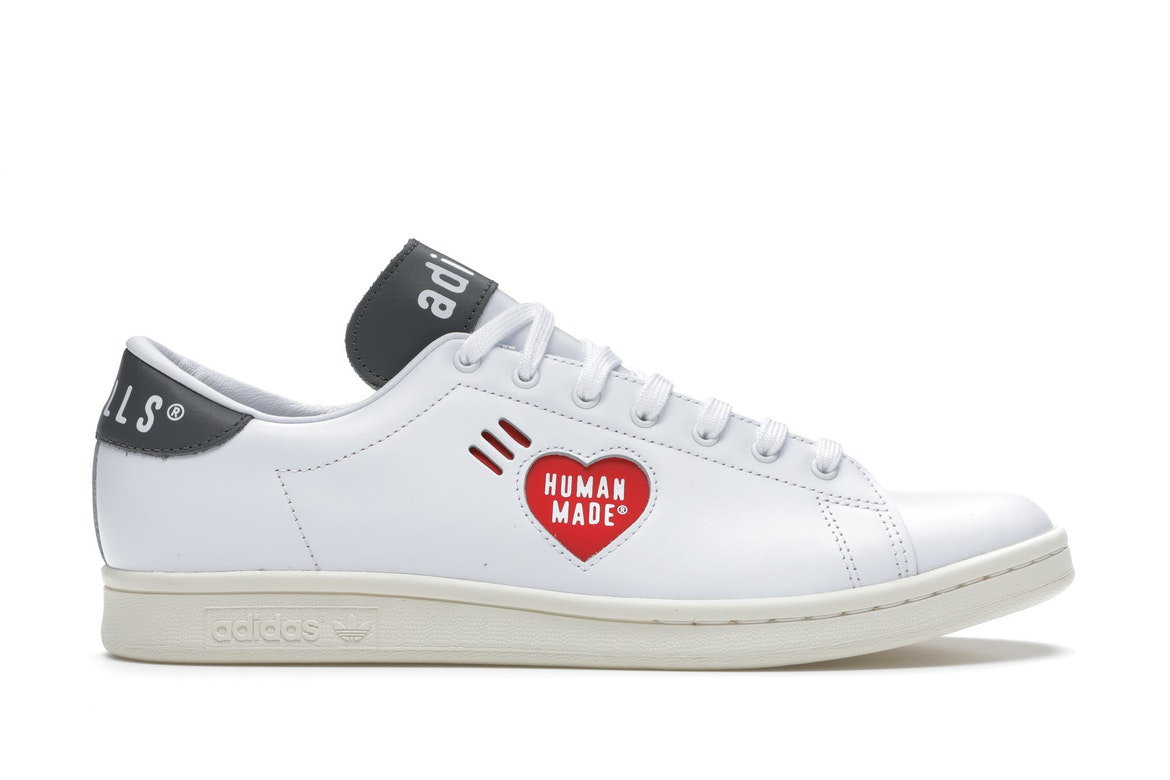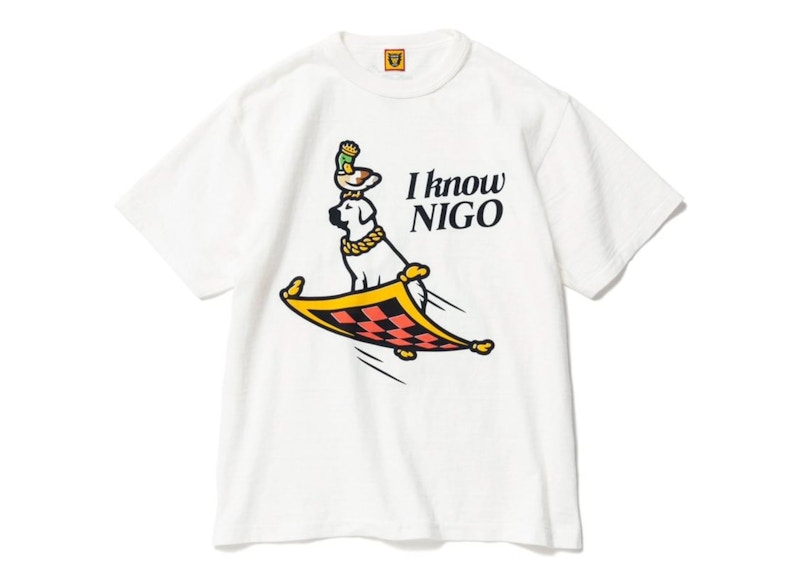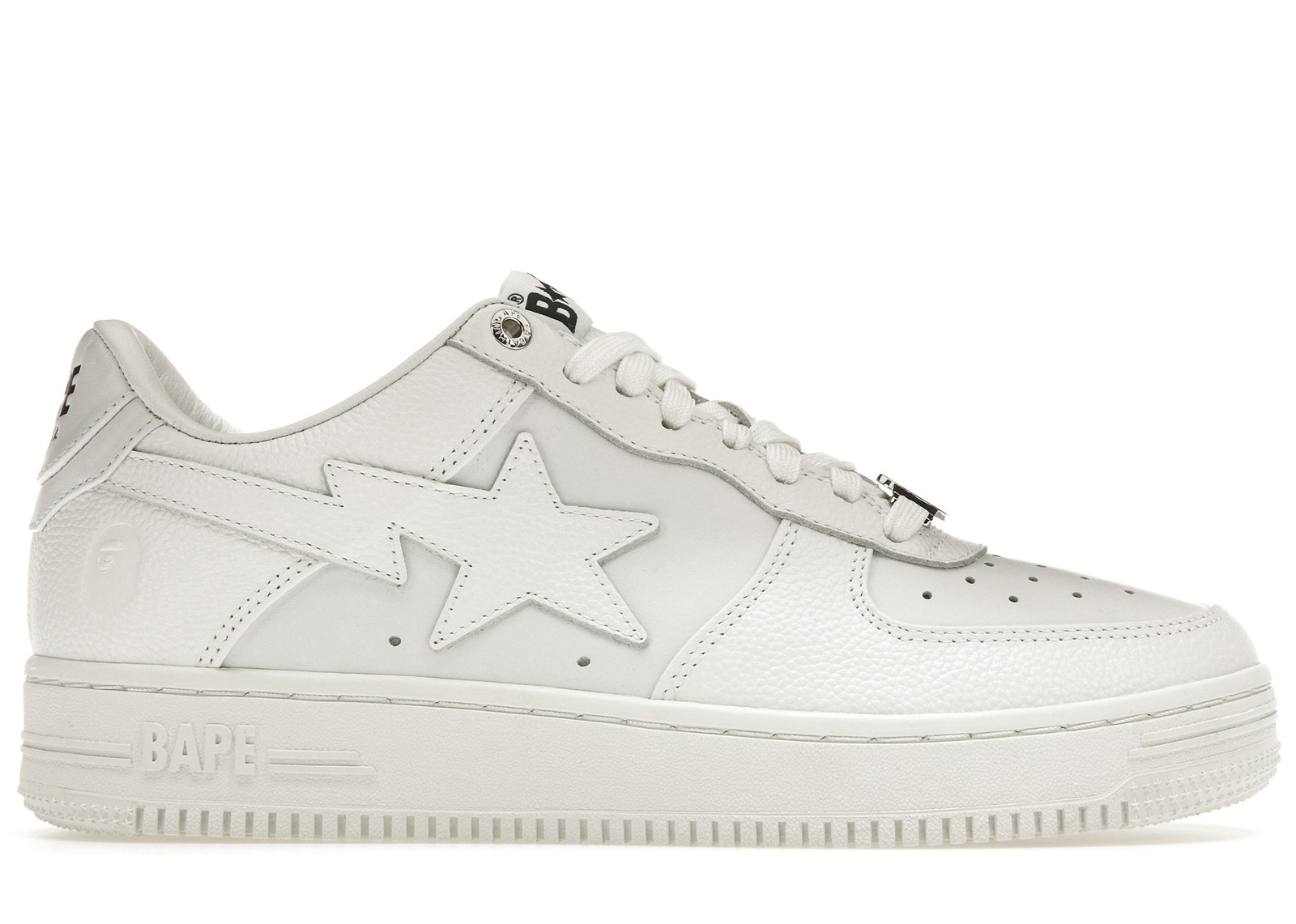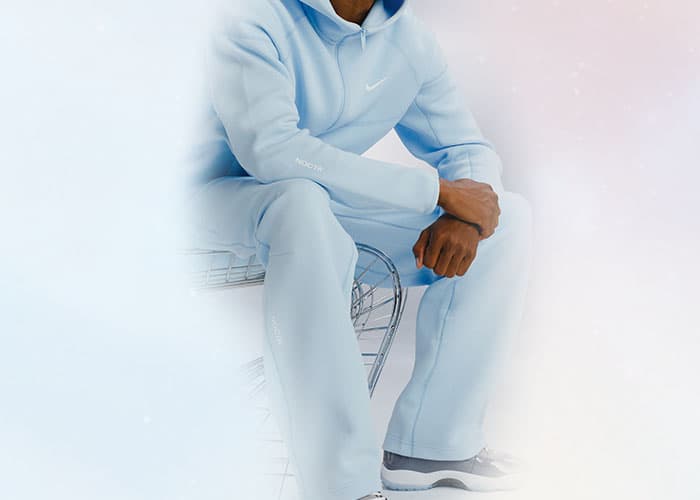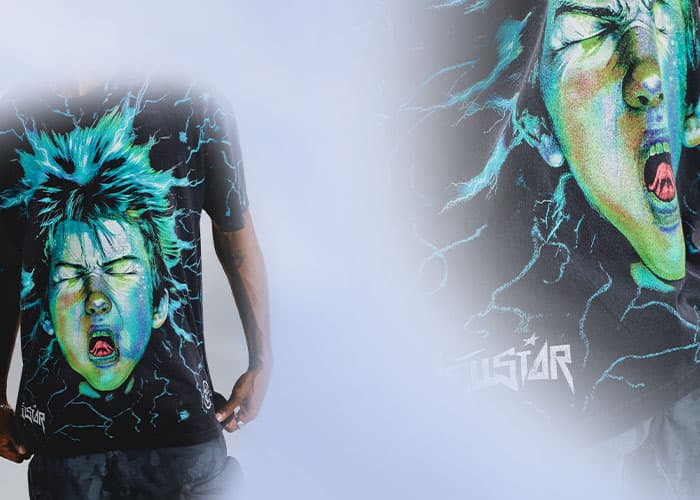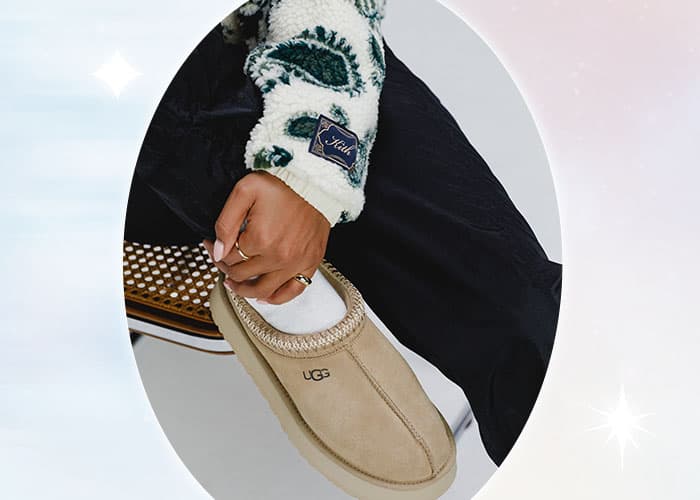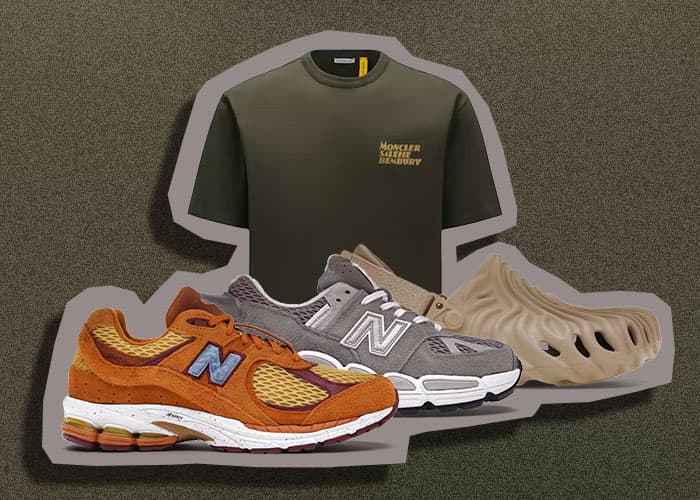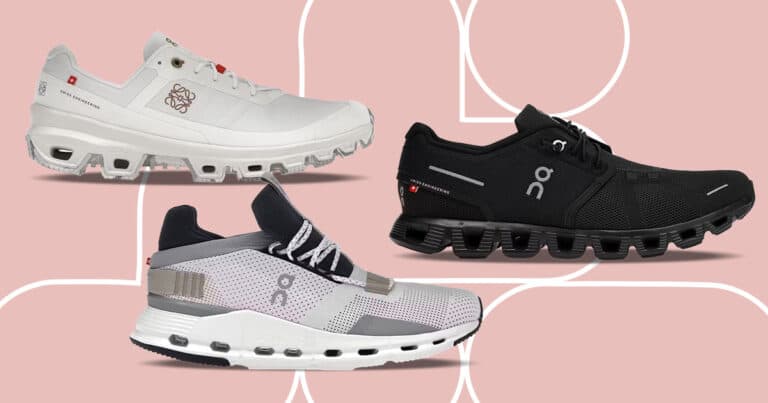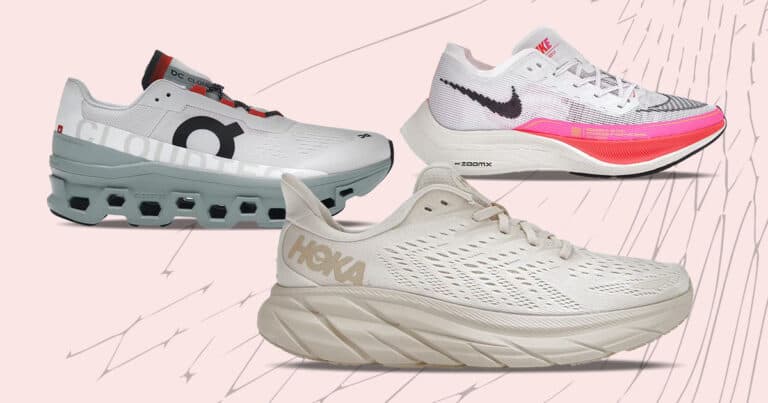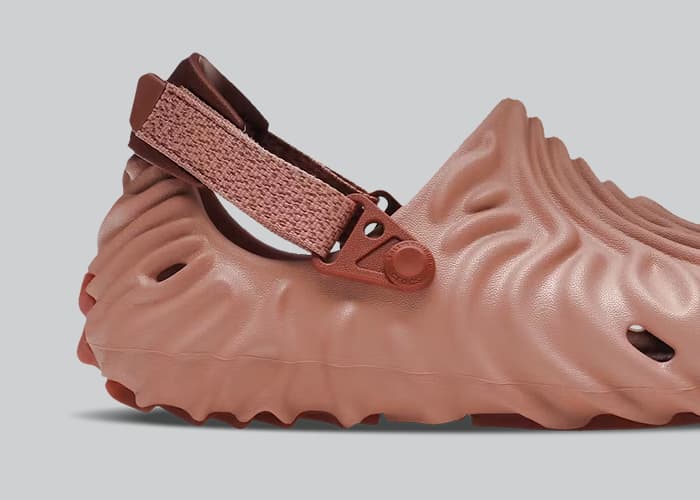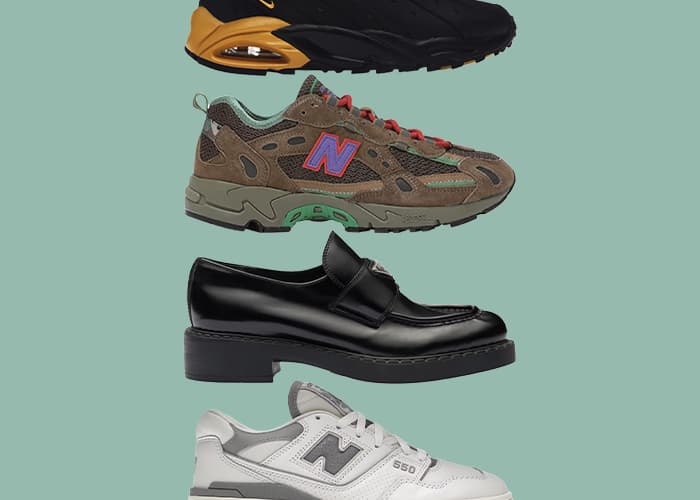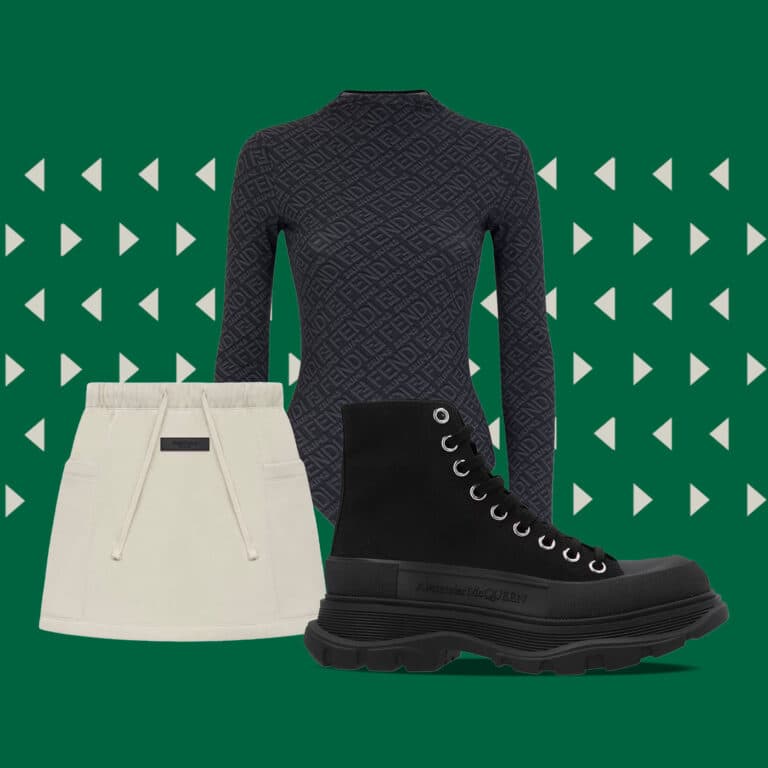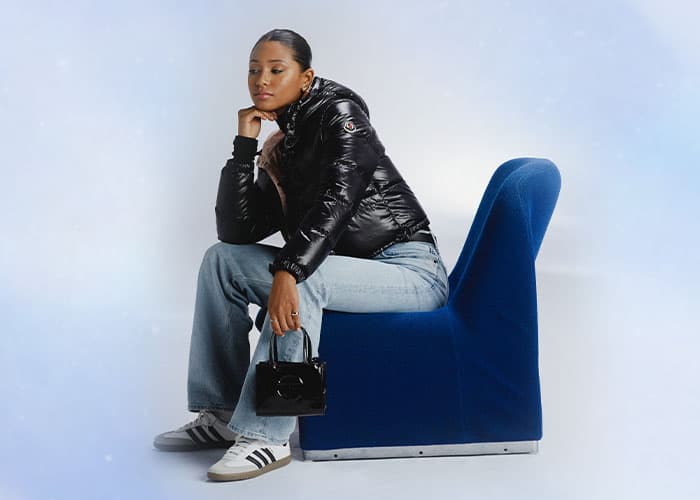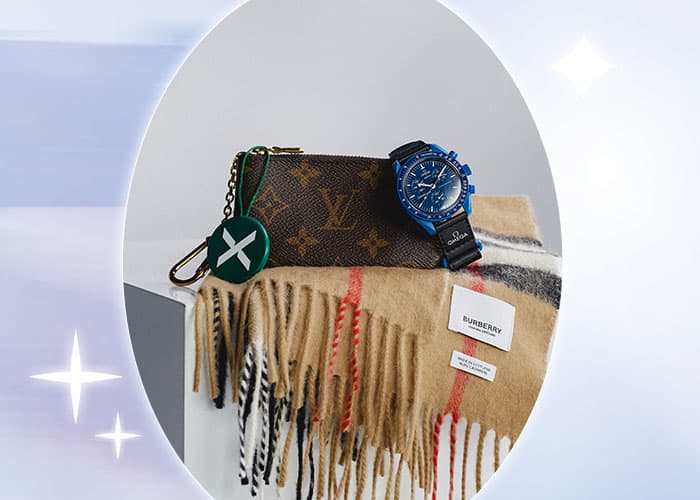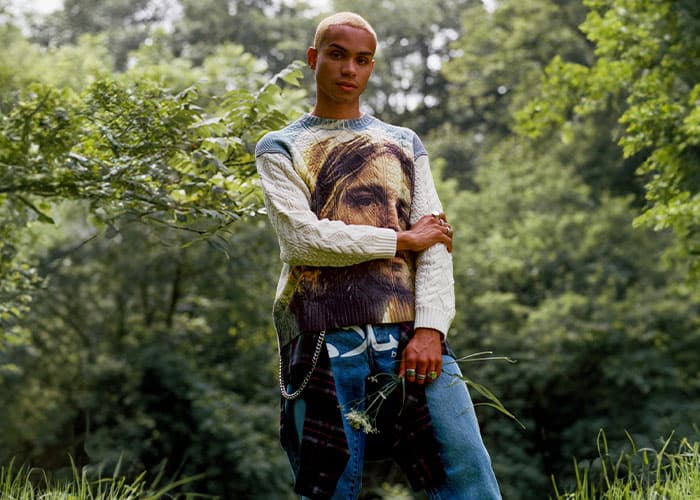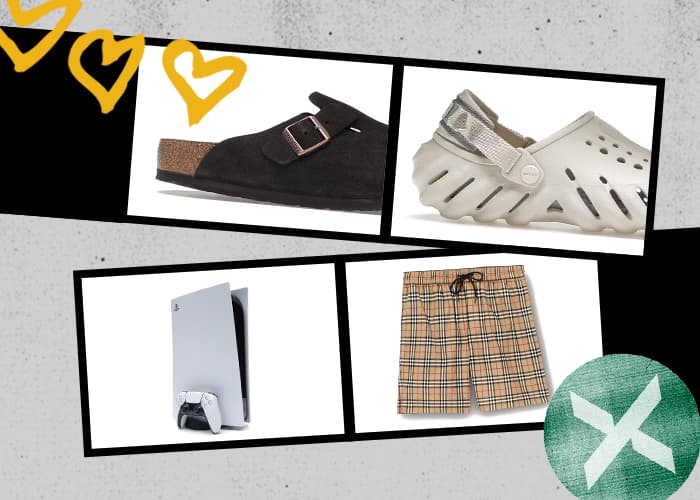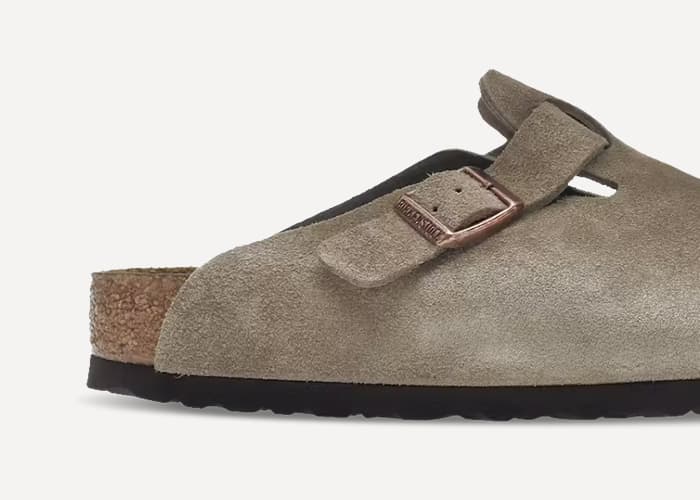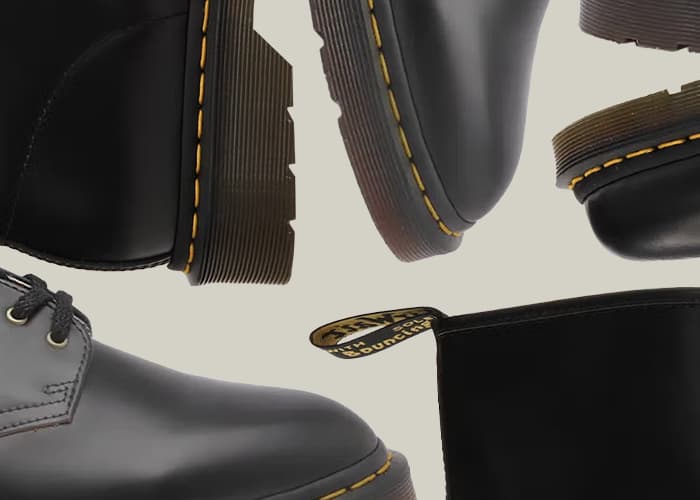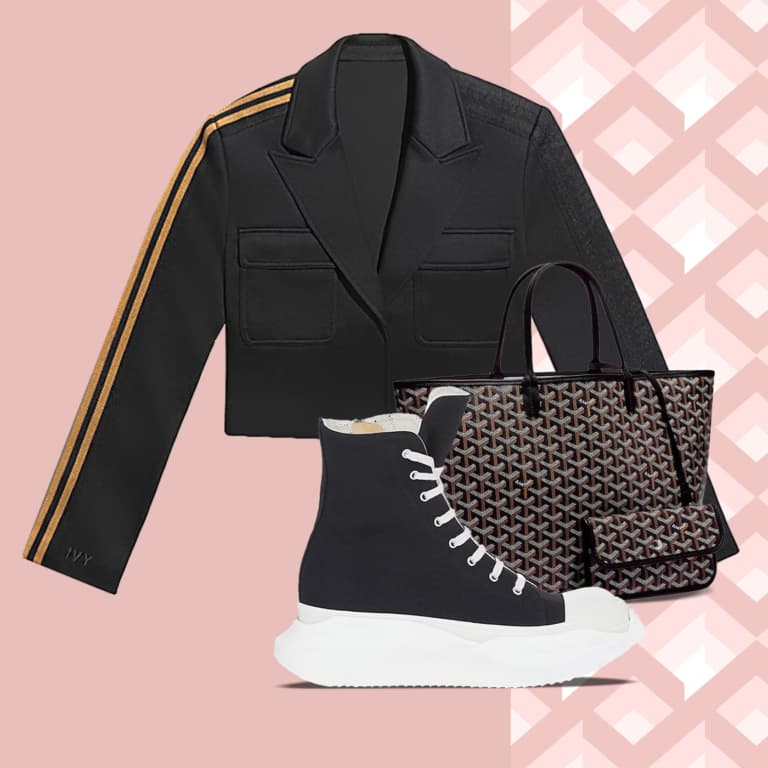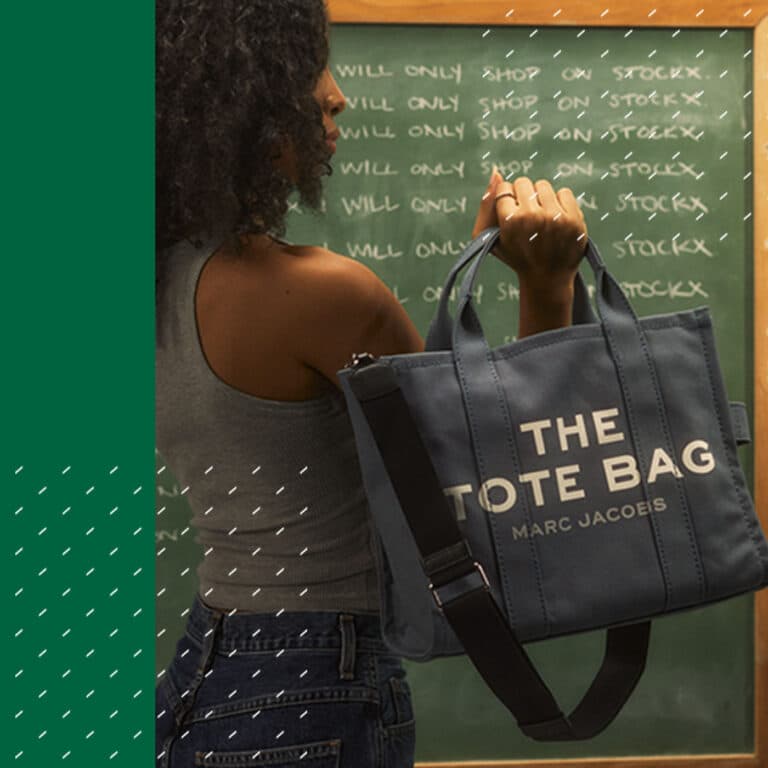Before Virgil Abloh bridged the gap between luxury and streetwear, and before social media made a profound impact on making our world a smaller and more connected place, a young Tomoaki Nagao was working on the foundations of a streetwear brand that would change youth culture forever.
Nagao, better known as Nigo, was working on a project in Tokyo, Japan, a country illusive to the West in part because of its isolated nature. For decades before Nigo got his start in fashion, Japanese youth looked to the United States for inspiration following the occupation after World War II. For the first time in the late 1990s and early 2000s, arguably thanks to Nigo, the West was now looking at Japan.
Books will be written about the impact Nigo has had on youth culture, and while there is an infinite amount of ground to cover, we’ll be exploring three eras in Nigo’s career and how each has had a profound impact on fashion around the world. Of course, these aren’t the only pillars of his career. For an in-depth timeline of Nigo’s career to this point, click here.
From BAPE to Human Made to Kenzo, here is how Nigo has forever changed the culture.
Nigo and the BAPE Era
As bling-era hip hop was taking the American south by storm, across the Pacific Ocean, a group of young Japanese creatives were finding inspiration in the bombastic fashion that perfectly represented the music. Among the crowd was a young Nigo, a recent graduate from Bunka Fashion College eager to get a start in the world of fashion in Tokyo.
Tokyo was quickly becoming one of the world’s fashion capitals, and the isolated nature of the island country in conjunction with its rising stars in fashion meant the brands were both exclusive, and hype, yet understanding of a cultural movement taking shape thousands of miles away.
Nigo was a disciple of Hiroshi Fujiwara, a man rumored to have brought the first hip-hop records over to Japan in the late 80s. Fujiwara was a DJ, breakdancer, and rapper who started Japan’s first rap label. This cross-influence into Japan would inspire Nigo to co-open “Nowhere” alongside another now-world-renowned fashion designer, Jun Takahashi. The store sold imported streetwear from the United States and carried early works of A Bathing Ape, Nigo’s personal brand that found influence from American hip-hop culture.
The brand featured the now-iconic camouflage prints, loud, colorful graphic tees, and of course, a spin on Nike’s Air Force One, the Bape Sta, that would help propel the brand to new heights. The designs directly correlated to the music and culture of the day. Bling-era hip hop brought with it a bombastic, braggadocious energy that was complemented with loud, statement pieces.
Camo shark hoodies, graphic tees, rugs, accessories, and sneakers were all about making a statement; standing out from the crowd, driving hype, and flexing, well before some of those concepts were mainstream in fashion. “There were pictures of Big in Bape. There were pictures of Beastie Boys in Bape,” rapper Pusha-T is quoted in a 2019 Pitchfork article. “I had to be like, ‘wait, I wasn’t first?’ It has a hip-hop energy to it. Its take on camouflage felt graffiti-esque.”
As rappers were spotted on late-night TV, on the streets, and at concerts wearing BAPE, the exclusivity of the brand continued to fuel the fire. Nigo was arguably one of the pioneers of generating hype and exclusivity in street fashion. Japan’s already-isolated geography meant finding BAPE in the States was challenging, but limited printings and collections added another element of exclusivity. Even if you got to Japan, there was no guarantee that what you wanted would be available.
According to the Underline, BAPE operated on the principle of providing only enough supply to meet 10% of demand. Nigo would then pull back sales at nearly 40 retailers, only exacerbating the scarcity of the brand in the early days.
As the brand grew in popularity, figureheads like Pharrell Williams helped accelerate the growth in the West. BAPE was opening up stores in the United States, collaborating with brands like Supreme, Marvel Comics, Pepsi, and Carhartt to name a few. During this time, however, BAPE arguably flew too close to the sun. The company closed their LA store in 2010, as street culture was shifting yet again to favor new trends and silhouettes. BAPE would continue to be a powerhouse in Asia, eventually bought out by Hong Kong fashion conglomerate I.T Ltd, wiping the brand of its high debts, and opening the door for Nigo to try new ventures.
Despite its Icarus moment, BAPE is still widely respected and worn across the world today. The late Virgil Abloh once called BAPE his generation’s Chanel, and a generation of rappers are falling in love with the brand like their peers before them. “It’s loud, it’s colorful, it’s brash. It remixed one of the most popular kits known to hip-hop,” Pusha-T said to Pitchfork. “I don’t think any brand says hip-hop culture more than Bape.”
With new owners at the helm, Nigo was ready to close an important chapter in his life and move on to a new challenge: Human Made.
The Human Made Era
After BAPE’s acquisition, Nigo looked to start a new venture that couldn’t be more different. Human Made was created with a completely new vision compared to BAPE. The brand focused more on traditional Japanese silhouettes, blending elements of workwear, American vintage style, and Unitarianism. The result is something completely different from BAPE, showcasing Nigo’s diverse influences and styles.
Human Made feels vintage — lived in. Nigo often finds inspiration from American vintage military, and manufacturing practices long forgotten. For example, Human Made t-shirts typically feature a single stitch on the hem and sleeves, in contrast to double stitching more popular today and adopted by t-shirt manufacturers after 1996. These subtle details are what make Human Made unique. The brand showcases Nigo’s range, a passion for history, and the evolution of his personal style.
Human Made was created for people with an affinity for quality, but Nigo also includes elements of his past with loud prints and colorful pieces. While BAPE was the bridge from East to the West — American hip-hop culture to Japan, Human Made showcases the influences of American style on Japanese culture well before BAPE made its name. The brand is thoughtful, intimate, and a representation of Nigo’s maturity as a designer.
In an interview with The Observer, Nigo said Human Made was the antithesis of the direction of fast fashion: buy, use, throw away. “I wanted to make something that had some weight and value to it — the materials used, the method of construction. And as a balance to Ape, which has become quite big and well known,” Nigo said in the interview. “This is more about the personal connection to the clothing that I make and the clothes customers buy.”
This connection between the process and the finished product is what makes Human Made special. It’s Nigo at his most vulnerable, most open, and most methodical with this approach to clothing. While the brand never achieved the same success as A Bathing Ape, Human Made’s embrace of a more uniform design philosophy will arguably make the brand’s longevity speak for itself.
The Kenzo Era and Nigo Today
Nigo’s appointment as Artistic Director of Kenzo in September 2021 marked the first time the Japanese designer was responsible for creating a new vision he didn’t help establish. Kenzo is a Japanese-French luxury brand that was started by Kenzo Takada in 1970. Instead of looking at the United States, Takada wanted to bring Japanese style to Europe, blending elements of both influences.
The appointment marked the first time since Takada that a Japanese designer was at the helm of Kenzo, a return to form Nigo said he was cognizant of when he took the position. “KENZO should be nothing but KENZO,” Nigo said in an interview with Hypebeast. “My mission is to make KENZO clothes, not to create my own work. That’s how Kenzo Takada will continue to live.”
Nigo said his first collection at Kenzo was about questioning how people are interested in fashion from their youth. In the interview, he called ready-to-wear the essence of fashion — taking the runway to the streets. “Streetwear and luxury fashion eventually met when it was appropriate for them to meet,” he said in the interview. “As for the time of rebellion against luxury fashion — it is over. We’ve entered an era of coexistence.”
So far, Nigo’s time at Kenzo has been met with critical praise. The recent ready-to-wear fall/winter 2023 collection had an increased emphasis on shapes and silhouettes. The collection was Japanese meets workwear and uniform formalwear, a combination of influences that is both playful and elegant. More important, however, is how Nigo’s Kenzo stands against hype and flexing and rather puts emphasis on personal interpretation.
“The past decade has fostered an obsession with embodying a designer’s vision — with wearing something straight from the runway, or recreating a runway look,” wrote Rachel Tashjian for GC. “Nigo seems poised to turn the spotlight back to the wearer. Nigo’s Kenzo is making great clothes — but more importantly, it’s letting his fandom put their own freaky spin on them.”
If Nigo’s time at Kenzo is successful (and the writer thinks it will be), it’ll prove he has the chops to run a heritage brand he didn’t start, perhaps foreshadowing a world where Nigo takes the helm at a larger heritage luxury house in the future.
In the three decades that Nigo worked diligently to expand streetwear to new audiences, he taught us a very important message that he’s carried from BAPE to Kenzo. No matter the distance, no matter the time zones, oceans, and languages that separate us, we can all be unified under common interests and influences. Nigo has perfectly capitalized on the interconnectivity of our world, paying homage to other cultures, past and present, to create inspiring designs that will stand the test of time.




